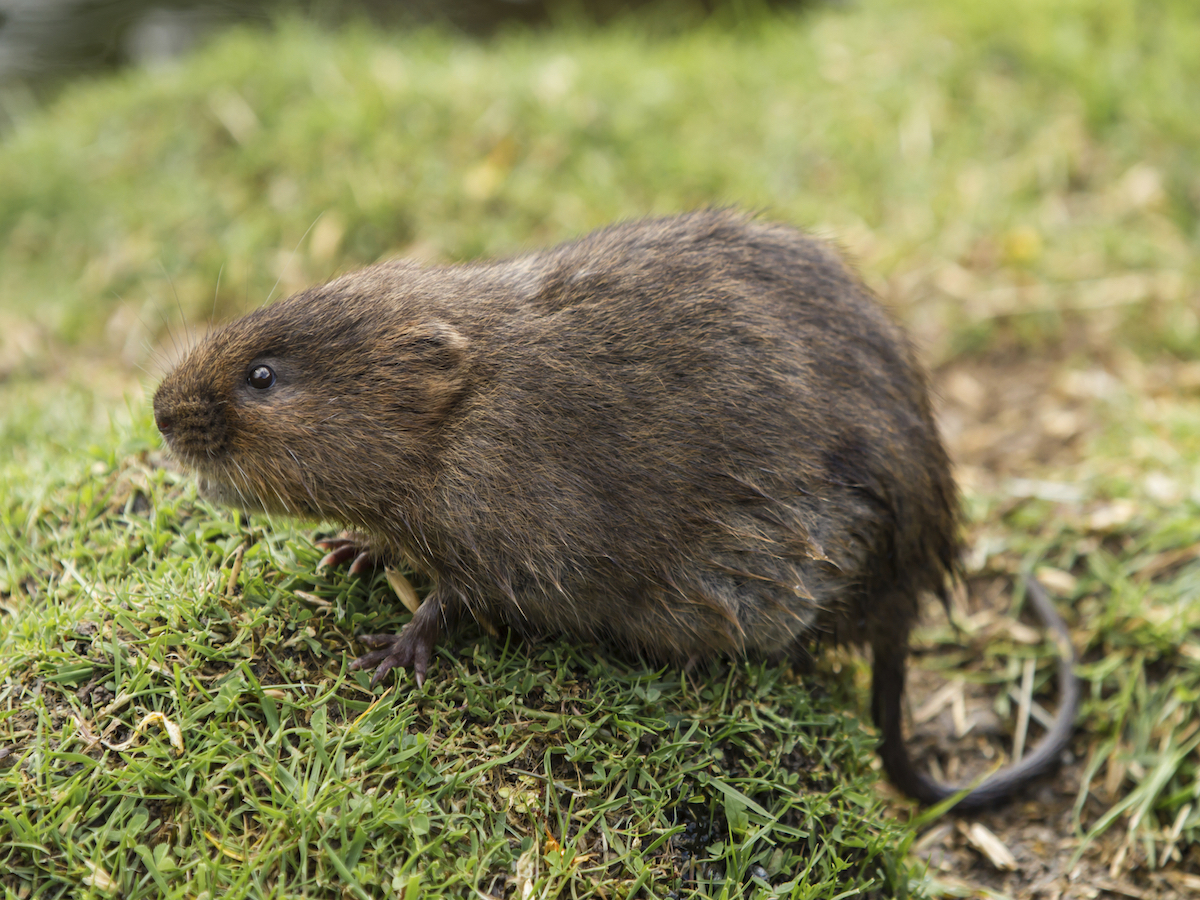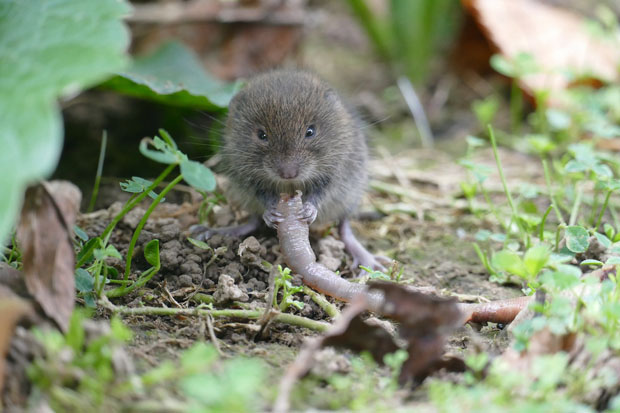Comprehensive Vole Pest Control Services in Utah
Comprehensive Overview to Reliable Vole Insect Control: Invasion Identification and Treatment Methods
In the world of effective bug control, vole problems position an one-of-a-kind challenge that requires a strategic technique. By exploring the nuances of vole actions, comprehending vital indications of infestation, and assessing a variety of control options, one can create a thorough technique to combat these elusive bugs.
Recognizing Vole Behavior
Vole habits is defined by their delving behaviors and rapid reproduction rates, making them a difficult bug to regulate efficiently. These tiny rodents normally create complex tunnel systems underground, utilizing them for sanctuary, food storage space, and transportation. Voles are herbivores, eating a selection of plants, bulbs, origins, and grasses, which can create significant damage to yards, orchards, and grass. Their fast reproductive rate additional complicates control efforts, with females efficient in creating numerous litters in a solitary year, each having a number of children.
Voles are most energetic during the morning and night hours, spending most of their time foraging for food. Their delving behaviors not just disturb yards and lawns but likewise make them challenging to remove and find. Recognizing vole behavior is essential for efficient bug control approaches. By identifying their burrow locations, keeping track of feeding locations, and carrying out targeted control methods, such as trapping or environment modification, vole problems can be managed effectively.
Indicators of Vole Problem

Prevention Approaches
Applying efficient avoidance strategies is critical in lessening vole infestations and protecting vegetation from their harmful feeding routines. To protect against vole infestations, it is vital to begin by removing prospective food sources and shelter.
On a regular basis examining the residential or commercial property for indicators of vole activity, such as paths and delve openings, is vital for very early discovery and timely activity. If vole activity is thought, think about making use of repellents or catches strategically positioned near their paths.
Non-Lethal Control Techniques
To efficiently handle vole populaces while prioritizing gentle approaches, non-lethal control strategies provide functional remedies for reducing vole damage Read Full Article in landscapes and yards. One effective technique is the usage of physical barriers such as equipment fabric or cable mesh to protect at risk plants. These barriers can be buried at the very least 12 inches deep and bent at a 90-degree angle to avoid voles from burrowing beneath. In addition, environment alteration can deter voles by reducing their favored food sources and concealing areas. Preserving a well-mowed grass, getting rid of debris, and keeping greenery trimmed can make the atmosphere much less attractive to voles.

Lethal Control Options
One effective method for addressing vole invasions in landscapes and yards involves the calculated use dangerous control options. When encountered with a severe vole problem that non-lethal techniques have actually fallen short to consist of, applying dangerous control procedures ends up being important. One frequently utilized dangerous control alternative is using snap catches. These traps are created to rapidly and humanely kill voles upon activation, making them a preferred option for several garden enthusiasts and landscaping companies. To raise the efficiency of breeze catches, it is suggested to put them in areas where vole activity is high, such as along paths or near burrow entrances. One more dangerous control option is the application of hazardous lures particularly created to target voles. These lures consist of poison that is consumed by the voles, resulting in their ultimate demise. Care needs to be worked out when utilizing poisonous baits to avoid damage to non-target pets or family pets. Overall, when utilizing dangerous control choices, it is important to do so properly and based on regional laws to efficiently manage vole infestations.
Conclusion
To conclude, effective vole insect control calls for a comprehensive understanding of vole actions, identification of indicators of infestation, execution of avoidance approaches, and utilization of both deadly and non-lethal control techniques. By combining these strategies, individuals can effectively handle vole populations and protect their residential property from damage. It is crucial to address vole invasions promptly to protect against additional concerns and reduce the impact on the surrounding atmosphere.
Offered the elaborate passage systems and fast recreation rates particular of voles, recognizing the indicators of vole problem ends up being important in reliable pest control. One of the primary signs of vole visibility is the presence of surface paths or routes in turf or snow, commonly about 1-2 inches broad, developed as voles travel in between their burrows and food resources.To efficiently manage vole populations while prioritizing humane techniques, non-lethal control methods offer useful services for minimizing vole damages in yards and landscapes.One reliable approach for dealing with useful source vole infestations in yards and landscapes includes the strategic use of dangerous control options. vole yard damage.In conclusion, efficient vole pest control requires a detailed understanding of vole actions, identification of indications of problem, execution of prevention methods, and utilization of both lethal and non-lethal control approaches